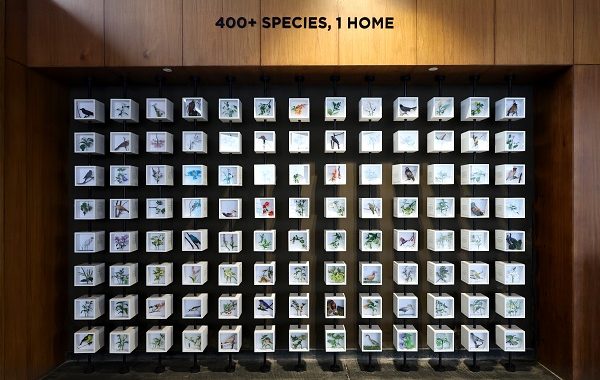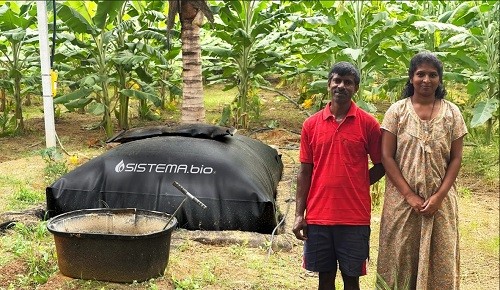Real Estate in India-Evolving, Growing, and Redeveloping at the Same Time, Says a Study

The joint study by PHD Chamber of Commerce and Industry(PHCDII) and Grant Thornton Bharat throws light on the potential growth statistics of the real estate sector. As per the observations made in the PHD Chamber of Commerce and Industry report titled ‘Realising the potential of real estate‘ released last week, the real estate sector is pegged to grow to 18% by 2030 from the current level of 7-8%. The report comes against the backdrop when the real estate sector is the second-highest employment-generating economic sector, contributing 5%-6% to the country’s GDP. The report outlined that the real estate sector is expected to contribute 13% to the Indian GDP by 2025.
 |
Evolving Real Estate Sector in India
Identifying New Growth Verticals and RE Segments
The ‘Realising the potential of real estate‘ report identified Coworking spaces, Student Housing, Co-living or Shared Housing, Data Centres, Senior Assisted Living, and Warehousing to be the emerging key segments in the real estate sector.
Mr. Prateek Mittal,Executive Director, Sushma Group, stated, “Tier 1 and 2 cities have undergone immense growth in these segments. Space paucity and price shoot-up in metro cities have diverted many property buyers looking for homes in different locations. The work-from-home culture has steamed up the demand for co-working spaces and holiday homes. The Government’s infrastructure budget push has fostered better connectivity which has helped bolster real estate growth in Tier 1 and Tier 2 cities in many respects.”
Role of Government Initiatives in Propelling the RE Sector
Government initiatives undertaken over the years, such as Real Estate Regulation and Development Act (RERA), FDI, Smart City Mission, Pradhan Mantri Awas Yojana (PMAY), and Make in India have primarily contributed to reorganising, formalising, and enabling the sector’s growth, as per the report’s finding. The report outlines that over 8.28 lakh crores have been disbursed, as per the PMAY-U data, for the construction of affordable homes in urban cities and towns.
Nayan Raheja of Raheja Developers said, “The government has taken some crucial steps in the coherent organisation of the real estate sector. It has massively romped buyers’ trust in developers and real estate companies. The credence and veracity of realty transactions have sharply risen post the implementation of RERA. The adoption of digital technology, such as ERP solutions, reporting solutions, cloud computing, point solutions, building automation, and CRM, has also contributed significantly to transfigure real estate into a technology-friendly zone.”
Green Real Estate- Heading Towards Greener Pastures
As per the report findings, green-certified building stocks increased five-fold in 2022 compared to 2010. According to the listed developers resolution, the green real estate portfolio is projected to grow by about 25% by 2025-2030. The use of renewable resources in the RE sector is also bound to see an uptick as the substratum of Amrit Kaals vision also foregrounds ESG and green ecosystems as fundamental principles.
Rajesh K Saraf, MD, Axiom Landbase, the construction activity pollution has become an inimical concern for the real estate sector leading to construction halt or closure orders from authorities, owing to environmental welfare concerns. This has typically led to developers taking cognisance of the rising concerns and proactively devising methods to build eco-friendly, green residential and commercial projects. Enthused by buoyant homebuyers’ demands, green real estate is becoming increasingly popular with many developers announcing their foray into developing green real estate assets. Even at the time of construction activity, machinery and technology are being used in and around the construction site to minimise the pollution effect.
Mr. Rajjath Goen,Managing Director, MRG Group, added, “Devising strategies to build green real estate and eco-friendly projects is the concretisation of the commitment made by the real estate sector to cut down carbon footprints, check pollution quantification, and adapt to changing times. Green construction technology, pollution-free raw materials, use of solar energy and aluminium formwork are some of the resourceful and grounding measures the real estate sector takes to assure holistic development without undermining environmental cover.”
![]()






